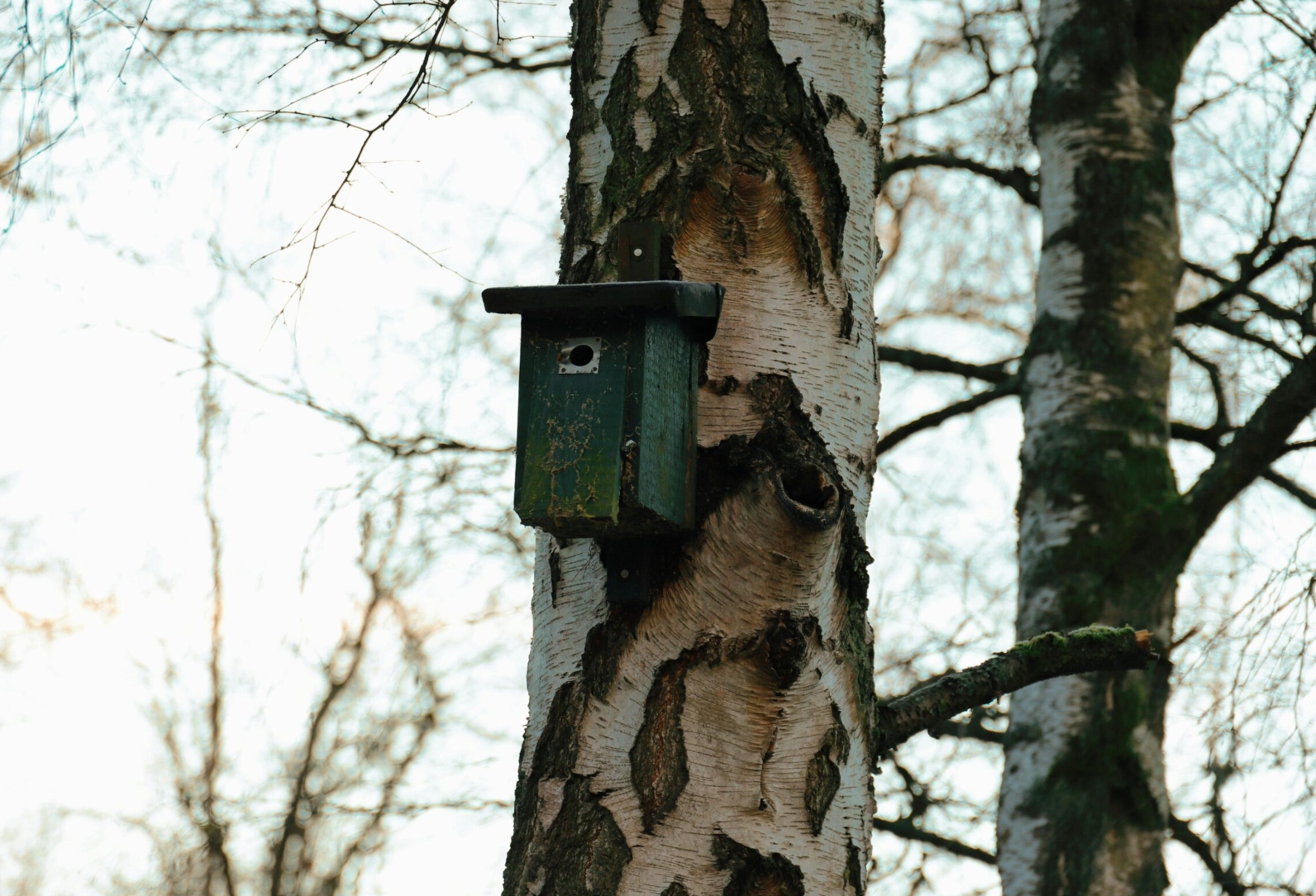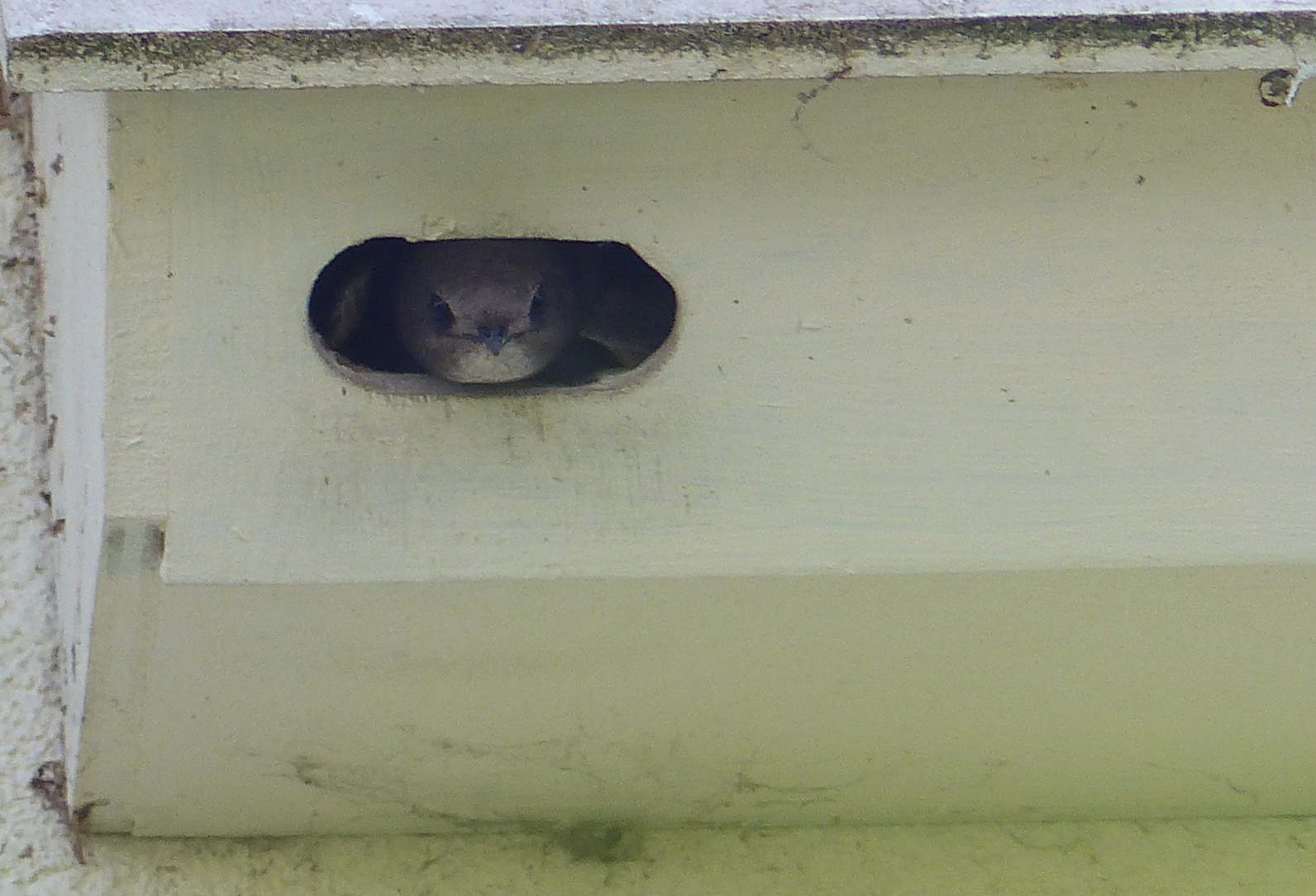Rich in greenery and technically a forest, England’s capital pulses with more than just the rhythm of traffic, offering residents a unique opportunity to connect with native birdlife.
Crowded high-rises become perches, rooftops offer moments of respite, and pockets of garden serve as quiet havens. With spring arriving atop a week of glorious sunshine, what better time to welcome birds?
Throughout our concrete maze, birds seek out dependable places to feed and rest. So how can we best install bird boxes and truly invite them in?
Finding the right bird box in the perfect spot
In a typical year, over two hundred bird species are recorded across the city. Yet some are far more likely to visit than others, each with their own unique needs.
Blue tits and great tits (small box with a 25–28mm hole)
Robins and wrens (open-fronted boxes in secluded spots)
Sparrows and starlings (larger boxes with 32mm holes)
Feeders and other exposed food sources often draw in larger, territorial birds, like crows or pigeons, who can outcompete and intimidate their smaller counterparts.
Placement is crucial
Position the bird box high enough to stay safe from curious pets and prowling foxes, but not so high that it tempts larger birds. A wall or fence makes an ideal spot, somewhere shaded from harsh sun and shielded from strong winds.
While city birds may be more familiar with the urban bustle than their rural cousins, they still seek out calm, shaded corners with a touch of leafy cover.
As the sun continues to grow in confidence with summer approaching, a bird bath or dish of water would be a welcome refreshment, plus another reason for birds to pay a visit. By providing vegetation or decaying logs, you could create both cover and a thriving insect buffet.
Consider a window box or container garden with pollinator-friendly flowers like lavender, foxglove, or marigolds—these attract insects that birds feed on.
Food
Fat balls (nutrient dense spheres), sunflower seeds, and mealworms.
Avoid cheap seed mixes that might attract pigeons and rats.
Record and share what you see!
Birdwatching helps to build communities. Sharing your sightings with others might encourage them to set up their own or do more for nature where you live. There are a number of popular apps such as Merlin Bird ID and RSPB’s BirdTrack which help with identifying species and contributing to wider understanding of bird population movements and patterns. There are many social media groups encouraging people to come together.
Though it may feel like a small act, with an estimated 70,000 to 100,000 bird boxes across London, you’re joining a vast community. After all, nature belongs to us because we belong to nature, even in the heart of the city!

Bird Box

Swift in a bird box
